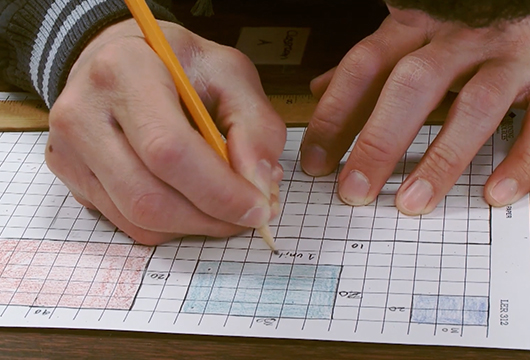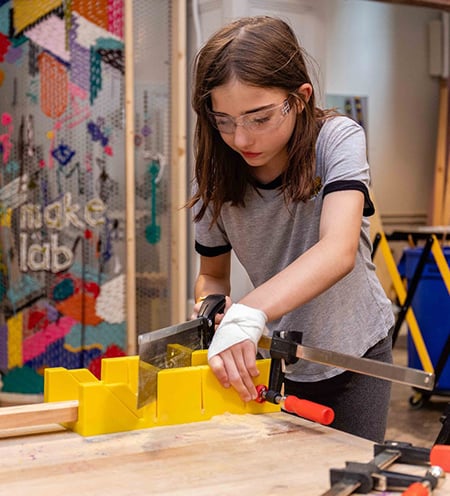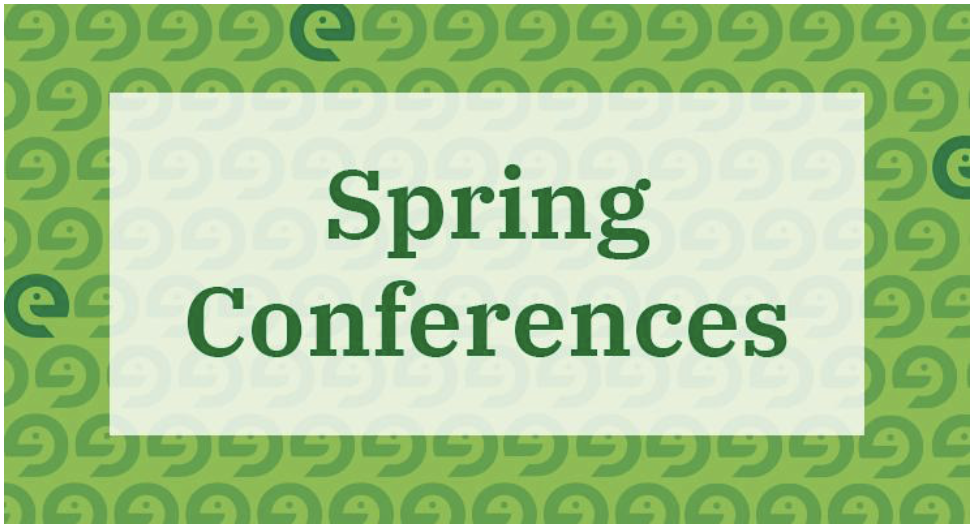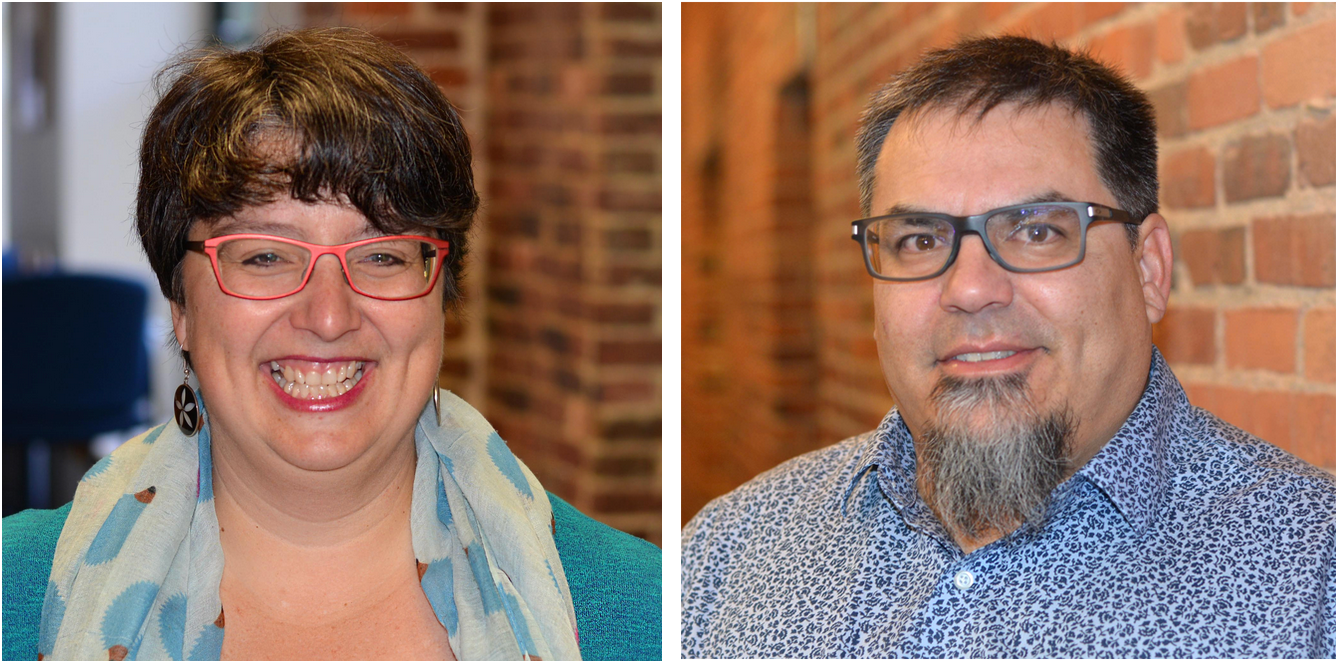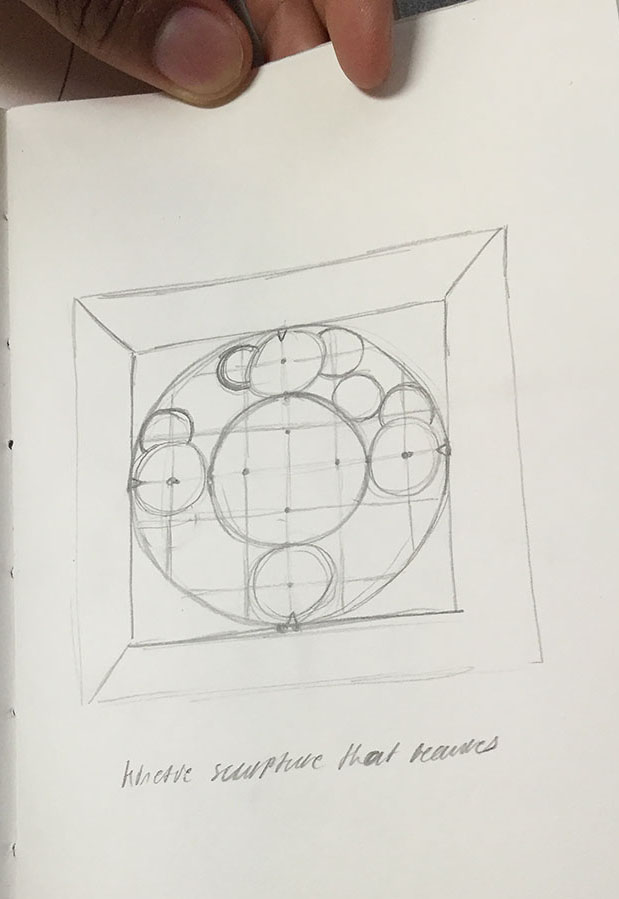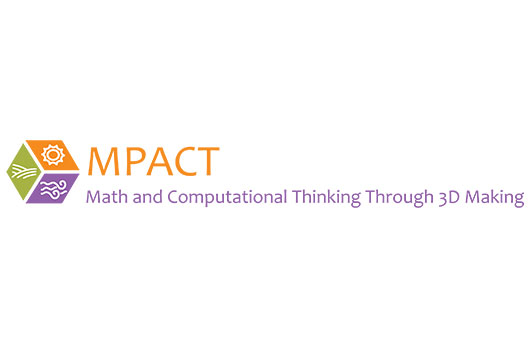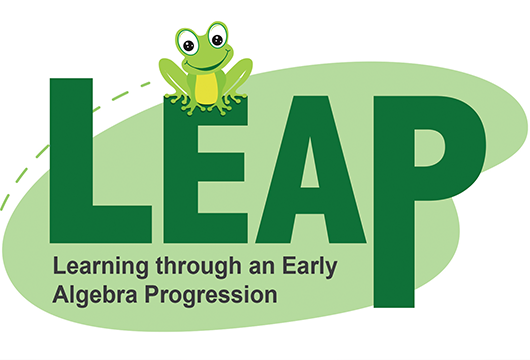TERC Blog
Debunking Math Myths Regarding Learning Differences, Difficulties, Disabilities
The "D" in LD (learning disabilities) does not stand for deficit. Therefore, we should not think of students who learn differently as being deficient in some way, although that is often how they have been treated. The word "disability" suggests that someone is unable to learn or cannot learn the same material as other students. In reality, students with an LD diagnosis can learn; they just do so in ways that are different from the mainstream. The fact is, every person learns differently, depending on the subject, the way the material is presented, their personal experiences, and many other variables.
At the SABES Mathematics and Adult Numeracy Curriculum and Instruction PD Center (managed by the Adult Numeracy Center at TERC) we support teachers to better help adult learners understand how math is present and relevant in everyday life. For most of our adult learners, math was taught as a set of discrete skills to be memorized. If a student was adept at memorizing isolated facts and procedures, she could become "good" at math. If not, she may have had poor math experiences that got in the way of becoming an efficient math learner. Many of our adult learners are suspected of having learning disabilities, but we are cautious of applying that label, especially if they have not been tested for specific disabilities related to math.
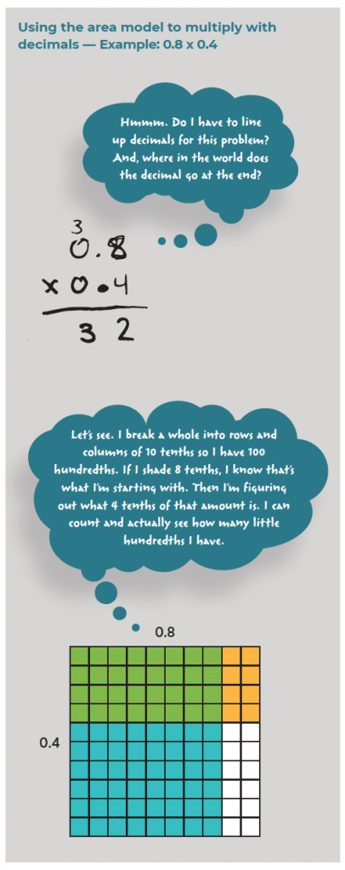
Instead, we think about how to teach all our learners differently, so that we can help them no matter how they've learned to approach math. We need to give all of our students, whether or not they actually have a diagnosis of LD, the opportunity to become effective math problem solvers. So, how do we make sure we are being equitable with all of our students? The National Research Council (2001) sets out principles that encourage us to go beyond calculations and memorization for all students and notes that special-needs students lose out when these principles aren't followed:
"It is in the best interest of special-needs children to assume that the following principles apply to all children: (a) learning with understanding involves connecting and organizing knowledge; (b) learning builds on what children already know; and (c) formal school instruction should take advantage of children's informal everyday knowledge of mathematics… [L]earning difficulties among special-needs children stem largely from instruction that violates one or more of these principles." (p. 342).
There are two myths that seem to get in the way of teachers utilizing these principles and being able to teach all students to be effective math problem-solvers. The first is that teachers may think that LD students are not capable of conceptual understanding. However, recent research on the cognitive strengths of dyslexic individuals has shown that they sometimes have strengths in 3-D spatial thinking, as connected to mechanics and complex visualization, and in interconnected and narrative reasoning. They tend to make unique associations between concepts and excel in discerning patterns (Lambert, 2018). Perhaps one of the challenges that LD students face with traditional math instruction is too much focus on memorizing disconnected information, rather than on "connecting and organizing" (NRC, 2001) math concepts.
A second myth about LD students is that they are not capable of developing and using their own strategies; hence, teachers have to show students what to do, model it, and have them practice it again and again. Most early research studies on LD students had been focused on explicit, direct instruction of mostly rote procedures. When researchers tested whether explicit instruction helped, the answer was yes. However, there was no research suggesting that discovery-based learning would be therefore ineffective. New research on having LD students develop their own strategies has shown that students are capable of creating their own strategies (Lambert, 2018). In fact, doing so, rather than trying to remember those modeled by a teacher, eases the strain on students' memory.
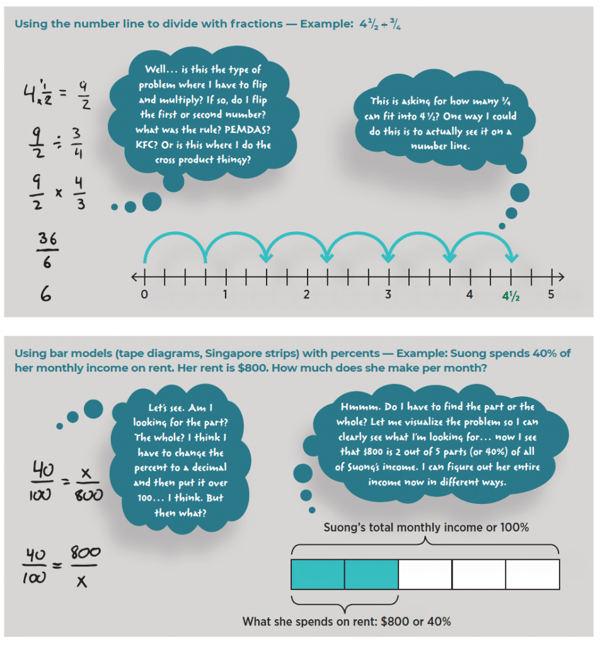
We need to remember that all of our students can learn, and that it's up to us as instructors to figure out how best to reach them. There are other ways of thinking conceptually and problem-solving beyond memorizing procedures. After all, it is not necessary, in life or in work, for students to be able to solve problems with a particular procedure. They do need to be able to make sense of problems and get reasonable answers. That is something that every student can learn.
The more that teachers provide different strategies to reach all students, the more successful students will be. At our SABES Center, we teach powerful strategies that are appropriate for all learners and that can support students with learning differences, difficulties, or disabilities. A great example is visualizations, which includes strategies such as area models, number lines, and Singapore strips. Following are some examples of how these visual representations can help any student who has struggled with memorizing procedures. We hope these examples spark your desire to learn more so you can better help your students.
For more information, visit adultnumeracy.terc.edu
References
Lambert, R. (2018). "Indefensible, Illogical, and Unsupported"; Countering Deficit Mythologies about the Potential of Students with Learning Disabilities in Mathematics. Education Sciences, 8(2). https://doi.org/10.3390/educsci8020072
National Research Council. (2001). Adding It Up: Helping Children Learn Mathematics. Washington, DC: National Academy Press. National Council of Teachers of Mathematics. (2014).
Principles to Actions: Ensuring Mathematics Success for All. Reston, VA: Author.
Full article can be found at: Curry, D. and Nicole McNeil (2019). Strategies That Support Learners with Disabilities, Differences, and Difficulties in the Mathematics Classroom
https://www.sabes.org/sites/sabes.org/files/resources/LD_math_strategies_2019.pdf

